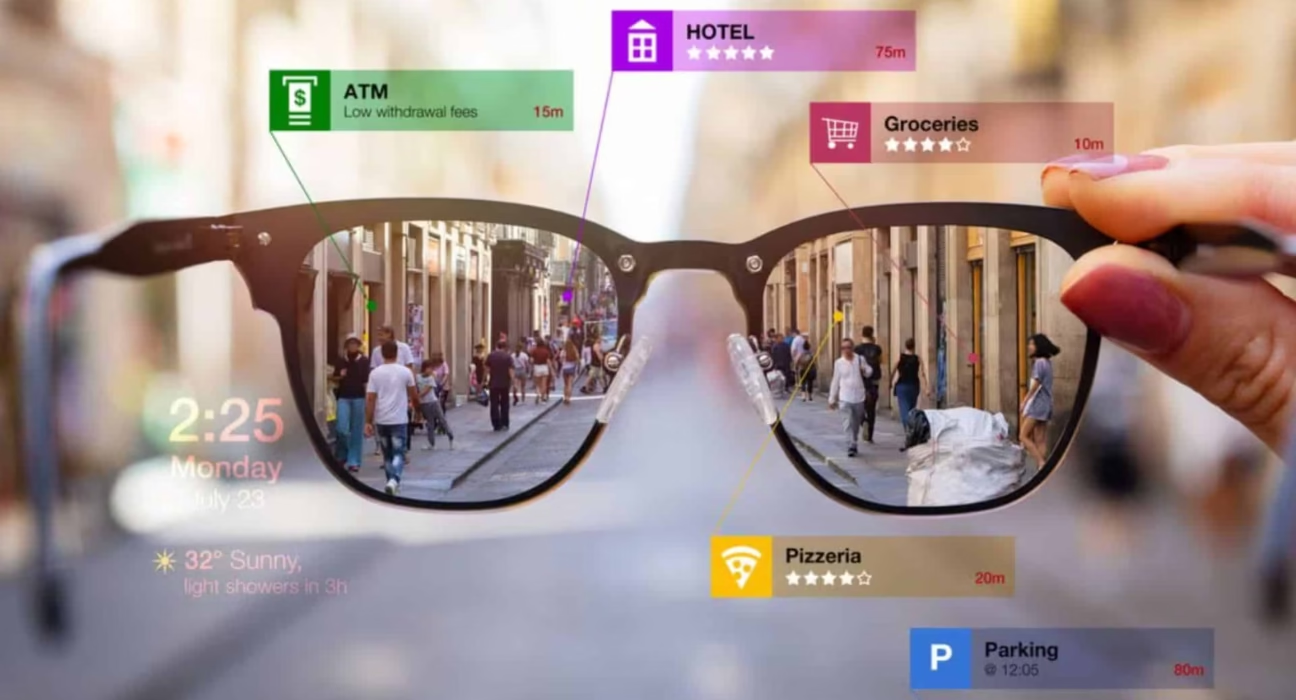“`html
Introduction: The Dawn of Apple’s Spatial Computing Era
Estimated reading time: 12 minutes
Key Takeaways
- Apple is poised to significantly shape the future of Extended Reality (XR) with a multi-year roadmap of innovative devices.
- The current Apple Vision Pro devices roadmap 2028 includes several key product launches, from enhanced headsets to more accessible smart glasses.
- Expect iterative improvements on the Vision Pro, alongside entirely new form factors like the Vision Air and sophisticated smart glasses.
- Apple’s strategy involves balancing premium offerings with more mainstream options to drive broad adoption of spatial computing.
- Key challenges like weight, battery life, and cost are being systematically addressed through planned hardware advancements.
Table of contents
- Introduction: The Dawn of Apple’s Spatial Computing Era
- Key Takeaways
- The Foundation: Apple Vision Pro’s Impact and Evolution
- Peering into the Future: The Next Generation of Apple XR Devices
- Mapping the Apple XR Devices Roadmap 2028: A Timeline of Innovation
- Strategic Vision and User Experience: Apple’s Ambition in XR
- Navigating the XR Landscape: Challenges and Opportunities
- Frequently Asked Questions (FAQ)
The landscape of personal technology is on the cusp of a profound transformation, moving beyond the flat screens we’ve grown accustomed to. Extended Reality (XR), encompassing virtual, augmented, and mixed reality, promises to blend our digital and physical worlds in unprecedented ways. At the forefront of this paradigm shift is Apple, a company known for its meticulous product development and knack for defining new technology categories. This post delves into the exciting **Apple XR devices roadmap 2028**, outlining what users can anticipate from Apple in the spatial computing domain over the next few years. We’ll explore the journey from the current flagship, the Apple Vision Pro, to a future populated with more diverse and accessible XR devices.
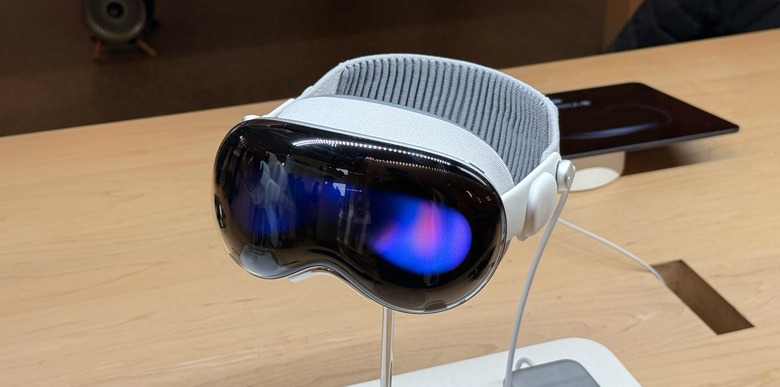
The Foundation: Apple Vision Pro’s Impact and Evolution
Apple’s foray into spatial computing began with the launch of the Apple Vision Pro. This device is positioned not merely as a VR headset, but as a revolutionary “spatial computer,” designed to integrate digital content seamlessly with the user’s physical space. It boasts cutting-edge features such as ultra-high-resolution micro-OLED displays, an intricate array of cameras and sensors for environmental mapping and hand tracking, and the powerful R1 chip for processing sensor data in real-time. Initially, the Vision Pro targets a discerning audience: developers eager to build for the new platform, creative professionals looking for novel tools, and early adopters with a significant budget.

The initial price point, ranging from $3,499 to $3,999, clearly signals its premium, pioneering status. This positions it as a foundational product, a proof of concept for Apple’s grander spatial computing ambitions. However, early feedback and reviews have highlighted certain limitations that are critical for future iterations. Primary among these concerns are the device’s weight, which can impact comfort during extended use, and its battery life, which, while impressive for its capabilities, still necessitates external power for prolonged sessions.
*”Apple’s Vision Pro is a premium spatial computing device for developers, creatives, and early adopters, priced between $3,499–$3,999.”*1, 2
Addressing these aspects will be crucial for broadening the appeal and usability of Apple’s XR offerings. The company is known for its iterative design philosophy, and the lessons learned from the Vision Pro’s initial release are undoubtedly feeding directly into the development of its successors.
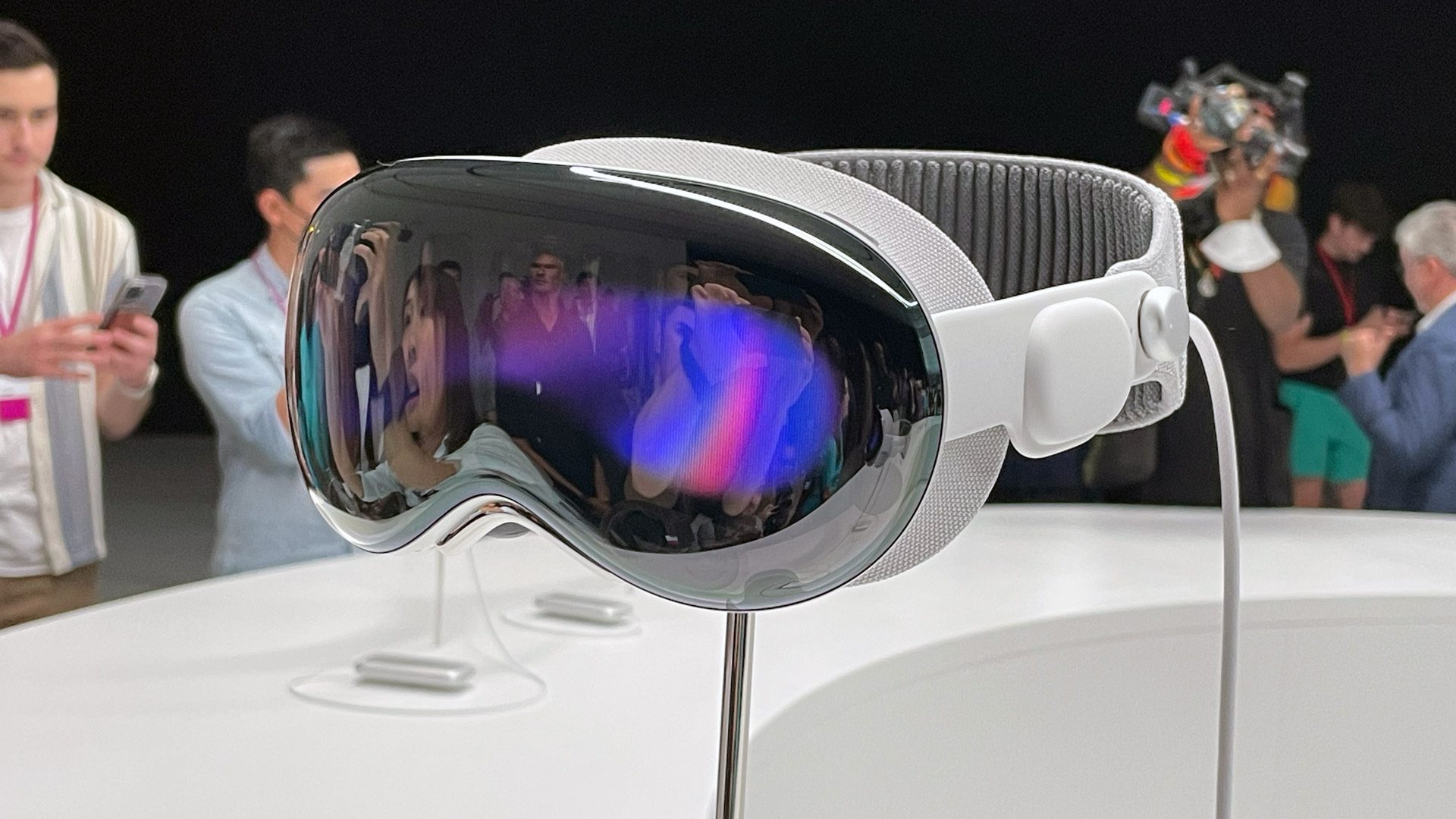
Peering into the Future: The Next Generation of Apple XR Devices
The journey ahead for Apple in XR is marked by a multi-pronged strategy, aiming to cater to different needs and market segments. The roadmap suggests not just refinements of existing products but also the introduction of entirely new categories.
The Evolution of Vision Pro
The next generation Apple Vision Pro is expected to arrive around Q3 2025. While maintaining a similar external design to its predecessor, this new model will see a significant internal overhaul, primarily driven by the new Apple Vision Pro M5 chip release date. This advanced chip is designed to resolve current performance bottlenecks and unlock more sophisticated capabilities. Expect enhanced graphical rendering, potentially enabling features like real-time ray tracing, and a more fluid multitasking experience, addressing some of the frustrations users have encountered.
The next generation Apple Vision Pro price is anticipated to remain in a similar premium bracket, likely around $3,999. The inclusion of the powerful M5 chip is a significant factor contributing to this cost, underscoring Apple’s commitment to pushing the boundaries of performance in spatial computing.
*”The Vision Pro M5 is expected in Q3 2025, featuring the same external design but a major boost via the M5 chip, addressing performance bottlenecks.”*3, 4, 5
*”The price is anticipated to be similar to the current Vision Pro ($3,999), with the M5 chip being a key component.”*6, 7, 8
*”The M5 chip is expected to offer Mac-grade processing power for advanced real-time graphics and improved multitasking.”*9, 10
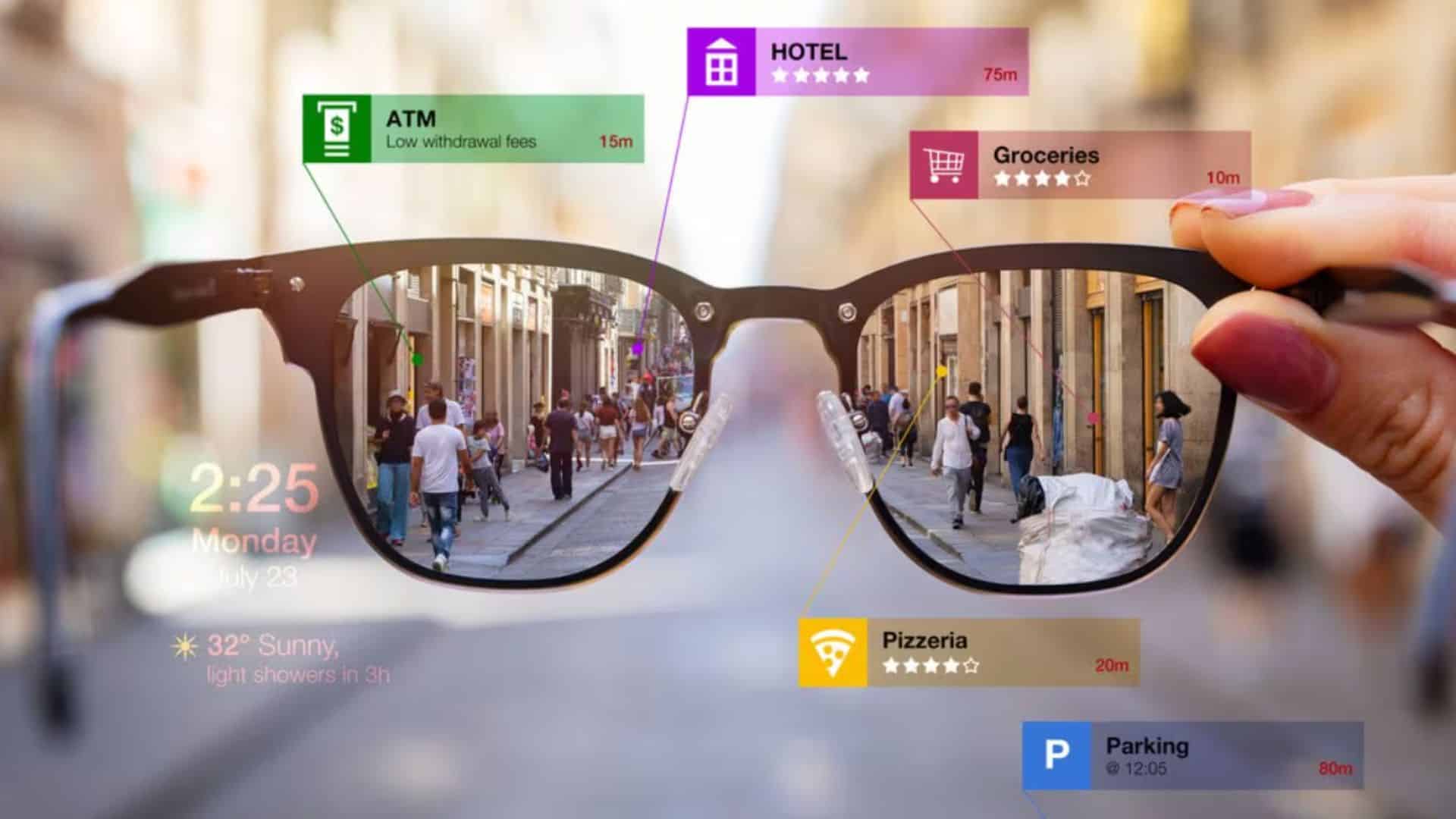
The Arrival of Apple Vision Air
Looking further ahead, Apple plans to introduce a more accessible and consumer-friendly XR device: the Apple Vision Air. Details on Apple Vision Air specifications indicate a device designed to be lighter and more affordable than the Vision Pro. It is expected to launch around Q3 2027.
A key focus for the Vision Air is a substantial reduction in weight, potentially over 40% lighter than the Vision Pro, aiming for a weight of around 350–390g. This will be achieved through a new form factor utilizing lighter materials like magnesium alloy and plastic. To further reduce costs and appeal to a broader market, the Vision Air will likely employ fewer sensors compared to the Vision Pro and will be powered by an iPhone-class chip, such as the anticipated A21 Pro, rather than the more powerful Mac-grade silicon found in its higher-end sibling.
*”The Vision Air is slated for Q3 2027, designed to be substantially lighter (350–390g) using magnesium alloy and plastic, with fewer sensors to cut costs.”*11, 12, 13
*”It will likely use an iPhone-class chip (A21 Pro expected) rather than Mac-grade silicon for broader adoption.”*14, 15
The Highly Anticipated Apple Smart Glasses
The concept of Apple smart glasses has long been a subject of speculation, and reports suggest an Apple smart glasses launch date is projected for Q2 2027. These devices are envisioned as lightweight, everyday wearables, potentially resembling Meta’s Ray-Ban-style glasses in their discreet form factor. Unlike the immersive nature of the Vision Pro, these smart glasses will prioritize augmented reality (AR) overlays, providing contextual information and digital enhancements to the user’s real-world view.
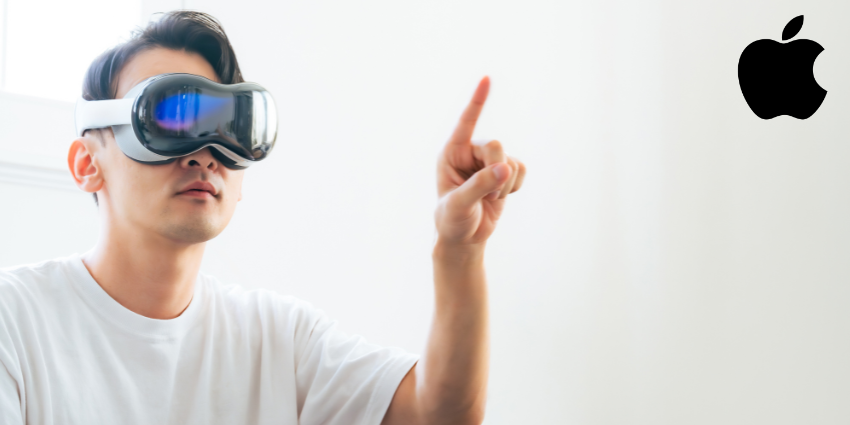
Functionality is expected to be driven by voice and gesture controls, with sophisticated environmental sensing capabilities allowing the glasses to understand and react to the user’s surroundings. This focus on AR integration and seamless interaction aims to make these glasses a practical tool for daily life, moving XR beyond dedicated entertainment or productivity devices.
*”Apple Smart Glasses are anticipated to launch in Q2 2027, designed as lightweight, everyday wearables supporting voice, gesture, and video, with environmental sensing capabilities.”*16, 17, 18
*”These glasses will focus on AR overlays and integrate AI-driven environmental sensing for a more streamlined experience.”*19, 20
Vision Pro 2 and Advanced XR Glasses (2028)
As we approach 2028, Apple’s XR ambitions continue to expand with two significant product lines slated for the second half of the year.
The Vision Pro 2 is set to undergo a complete redesign, aiming to be significantly lighter and more affordable than the current model. This next-generation headset will also feature a Mac-grade processor, indicating a continued push for high-performance spatial computing, but with a focus on broader market adoption through improved ergonomics and cost-effectiveness.

In parallel, Apple is expected to release a second type of XR Glasses with a display. These devices will focus on delivering advanced AR capabilities, catering to users looking for enhanced productivity tools and immersive media consumption experiences. This dual release in 2028 highlights Apple’s strategy to offer a spectrum of XR devices, from refined immersive headsets to sophisticated AR glasses.
*”Vision Pro 2, targeting H2 2028, will be a complete redesign, significantly lighter, more affordable, and equipped with a Mac-grade processor.”*21, 22
*”Display-equipped XR Glasses are also expected in H2 2028, offering advanced AR for productivity and media.”*23
Mapping the Apple XR Devices Roadmap 2028: A Timeline of Innovation
To fully grasp Apple’s strategy, it’s essential to see the planned releases laid out chronologically. This timeline illustrates a methodical approach to introducing and evolving spatial computing technologies.
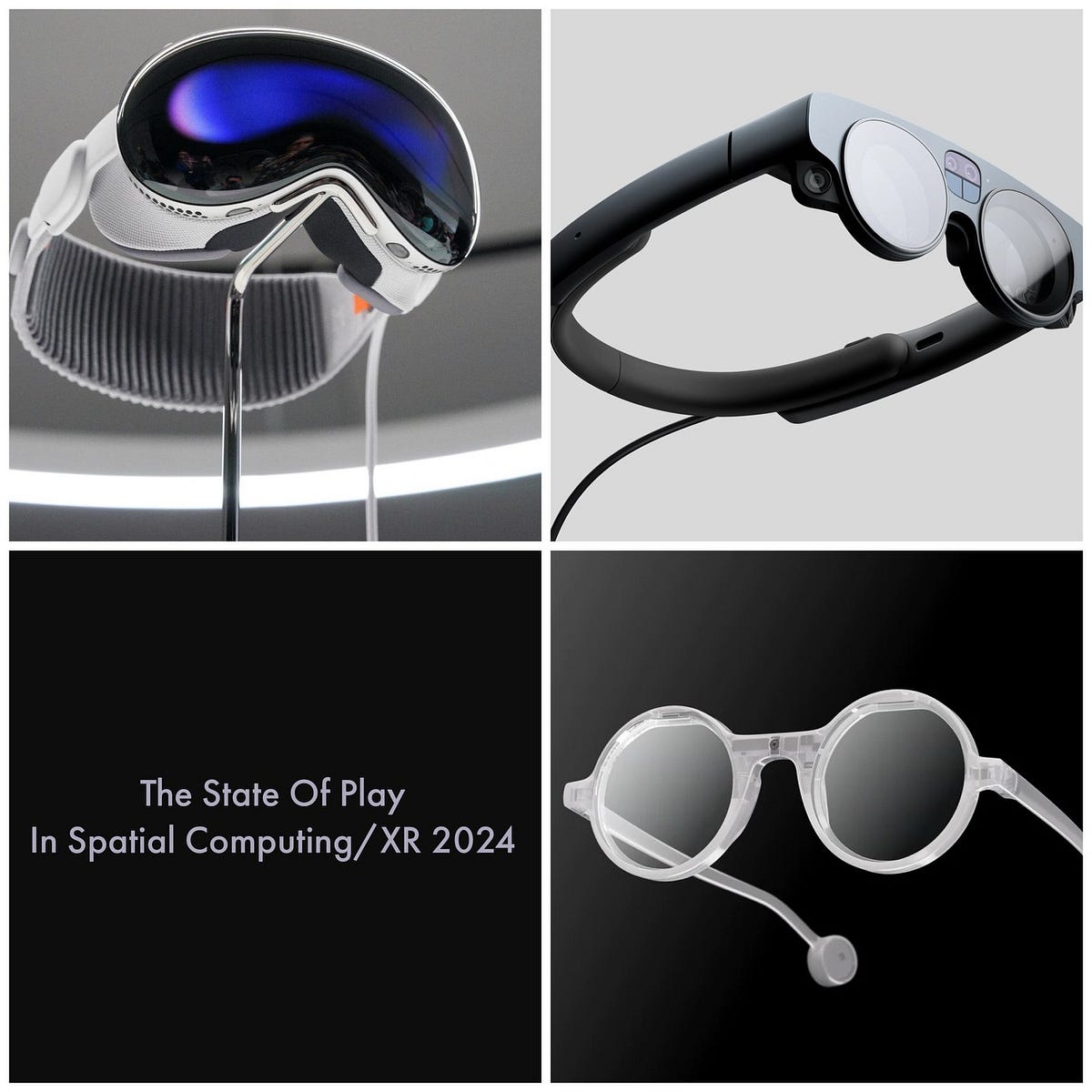
- 2025: The year will see the mass production of the Vision Pro M5, anticipated in Q3. This marks a significant leap in performance for Apple’s flagship spatial computer.
- 2026: No major new XR hardware launches are expected. This period will likely be focused on software development, ecosystem growth, and potentially the release of accessories that enhance the existing Vision Pro experience.
- 2027: This year is set to be a pivotal one, with the launch of two distinct product categories. The Apple Smart Glasses are slated for Q2, followed by the consumer-oriented Vision Air in Q3. This dual release aims to broaden Apple’s presence in the XR market significantly.
- 2028: The latter half of the year (H2) will witness the release of the Vision Pro 2, a completely redesigned and more accessible premium headset, alongside a new generation of XR Glasses with a Display. This further solidifies Apple’s comprehensive approach to spatial computing.
*”Projected timeline: 2025 (Vision Pro M5, Q3), 2026 (no major hardware), 2027 (Smart Glasses Q2, Vision Air Q3), 2028 (Vision Pro 2 & XR Glasses w/ Display, H2).”*24, 25, 26
*”Apple’s gradual evolution suggests a multi-phase rollout: flagship refinement, mainstream headset adoption, and ubiquitous smart glasses.”*27, 28
This carefully orchestrated release schedule demonstrates Apple’s commitment to not just innovating but also strategically expanding the XR market, moving from niche high-end devices to more accessible options that can integrate into daily life.
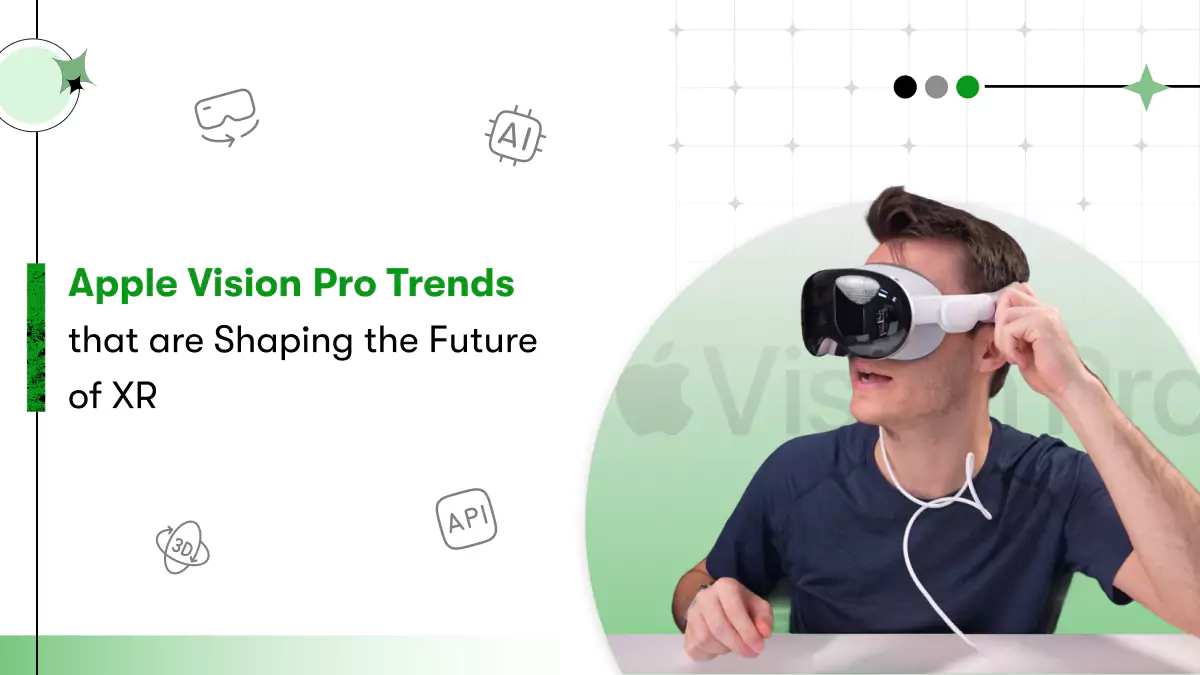
Strategic Vision and User Experience: Apple’s Ambition in XR
Apple’s approach to product development in XR is characterized by a distinct iterative philosophy. The company prioritizes refining its premium offerings, such as the Vision Pro, to ensure a robust foundation before making significant design changes or introducing more accessible versions. This methodical process allows them to gather crucial user feedback and technical insights that inform subsequent generations of hardware.
The planned expansion into devices like the Vision Air and the smart glasses signifies Apple’s strong conviction that spatial computing is not just a futuristic concept but will evolve into a fundamental computing platform. This strategic move goes beyond targeting niche applications, aiming to weave XR technology into the fabric of everyday user experiences, much like the iPhone did for mobile computing.
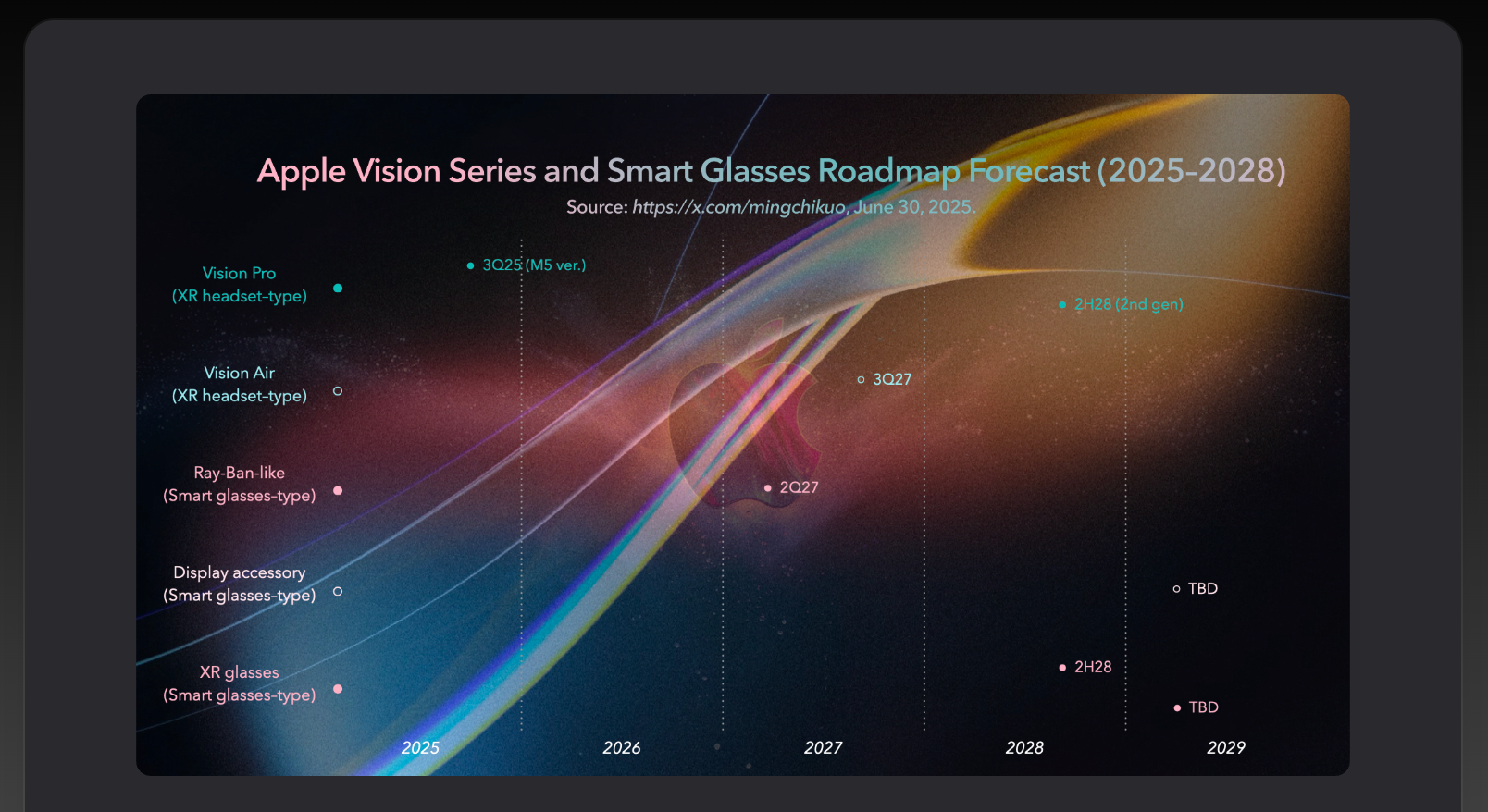
A key enabler for this vision is the integration of advanced artificial intelligence. Apple Intelligence (AI) is expected to play a critical role in enhancing user interaction within XR environments, providing more intuitive controls, personalized experiences, and contextual awareness. The goal is to transition XR from a novel technology to one that offers transformative, everyday utility, seamlessly blending hardware innovation with a deeply considered user experience.
*”Apple’s strategy is iterative for premium devices, with expansion into lighter headsets and smart glasses showing their belief in spatial computing as a core platform.”*29, 30
*”With AI integration and an evolving ecosystem, Apple aims to transition XR from a proof-of-concept to everyday utility, blending hardware excellence with user experience innovation.”*31
Navigating the XR Landscape: Challenges and Opportunities
The path to widespread adoption of XR technology is not without its hurdles. Apple, despite its considerable resources and engineering prowess, faces several technical challenges that need to be overcome. Continued advancements in miniaturization are crucial for reducing the weight of headsets, making them more comfortable for extended wear. Battery technology also remains a key area for improvement, aiming to provide longer usage times without compromising portability.
)
Furthermore, optical technology, including lens design and display clarity, plays a vital role in delivering a convincing and comfortable visual experience. Beyond the hardware, the challenge of achieving significant cost reduction is paramount for mainstream adoption. The current high price point of devices like the Vision Pro restricts their accessibility to a limited segment of the market.
However, these challenges also represent significant opportunities for innovation and market leadership. Apple’s phased roadmap is designed to systematically address these issues. By introducing lighter materials and more efficient components in devices like the Vision Air, and by leveraging different processing architectures (iPhone-class vs. Mac-grade chips), Apple is strategically working towards making XR technology more affordable and user-friendly. The planned releases also indicate a future where AR and VR devices coexist and complement each other, catering to a wider range of use cases and consumer needs within the burgeoning XR market.
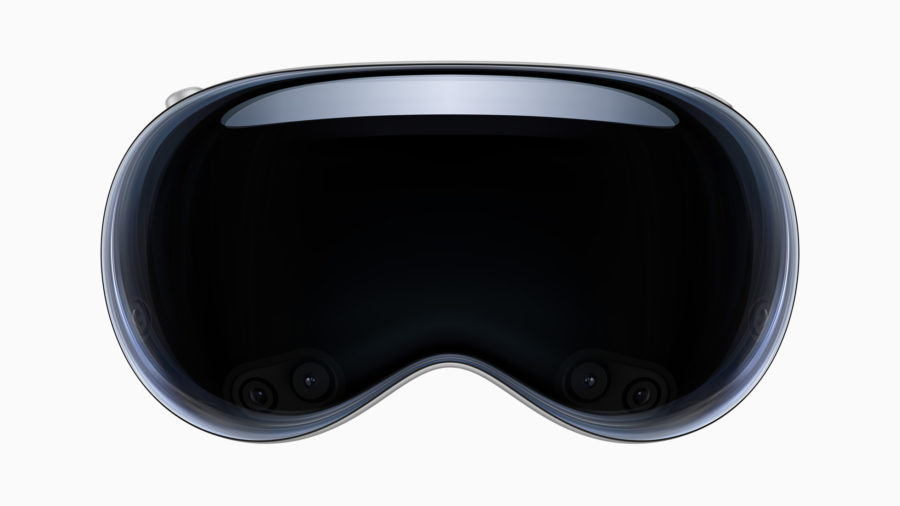
*”Apple faces technical challenges (weight, battery, optics) and cost pressures in expanding XR beyond niche audiences.”*32, 33
Frequently Asked Questions (FAQ)
What is the main focus of the Apple Vision Pro?
The Apple Vision Pro is positioned as a premium spatial computer, designed to blend digital content with the physical world for immersive experiences, productivity, and entertainment.
When is the next generation Apple Vision Pro expected?
The next generation Apple Vision Pro is anticipated to be released around Q3 2025, featuring significant internal upgrades, including the M5 chip.
How will the Apple Vision Air differ from the Vision Pro?
The Vision Air is designed to be lighter, more affordable, and consumer-focused, likely using an iPhone-class chip and fewer sensors compared to the high-end Vision Pro.
When are Apple’s smart glasses expected to launch?
Apple’s smart glasses are projected to launch in Q2 2027, focusing on augmented reality overlays for everyday use.
What is the overall goal of Apple’s XR roadmap up to 2028?
Apple aims to establish spatial computing as a core platform by offering a diverse range of XR devices, from high-end immersive headsets to accessible AR glasses, catering to various user needs and price points.
What are the biggest challenges Apple faces in the XR market?
Key challenges include reducing device weight and improving battery life, as well as achieving cost reductions necessary for widespread consumer adoption.
Will Apple’s XR devices be expensive?
Initially, devices like the Vision Pro are premium. However, the roadmap includes more affordable options like the Vision Air and potentially smart glasses, aiming for broader market accessibility over time.
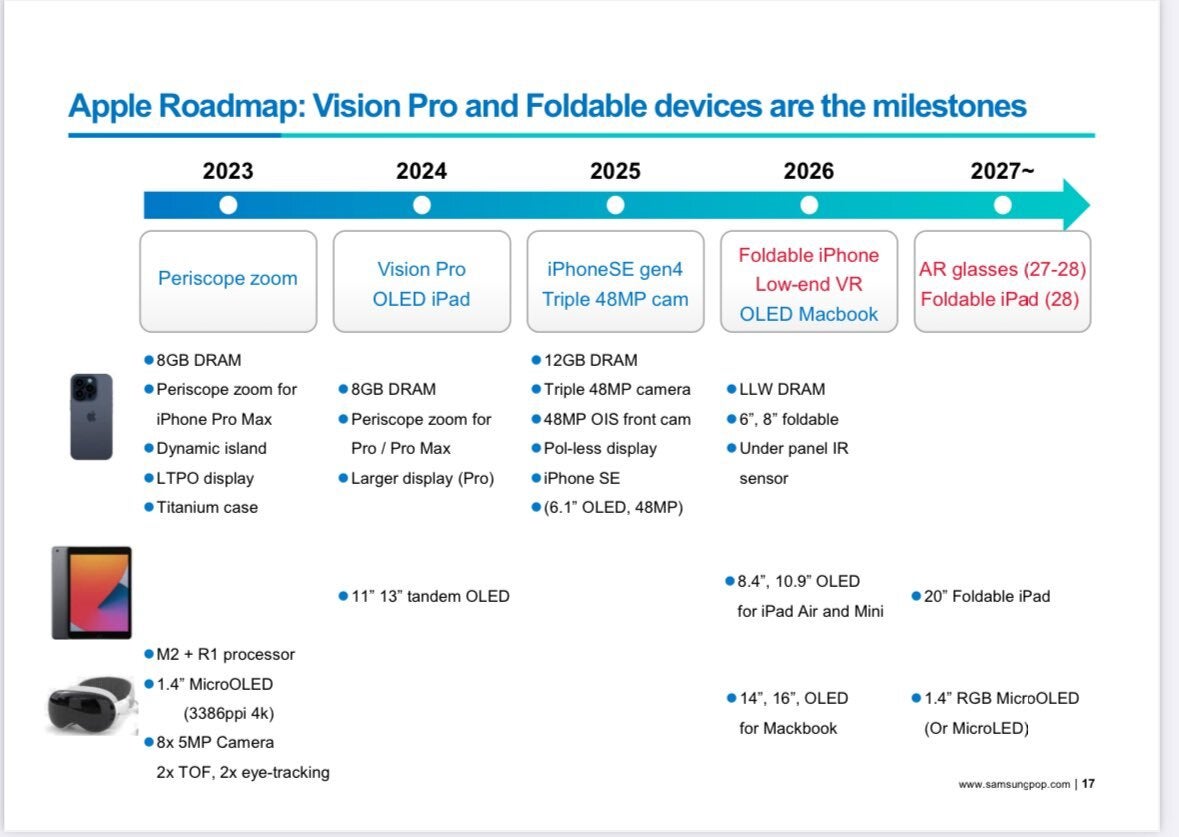
“`


